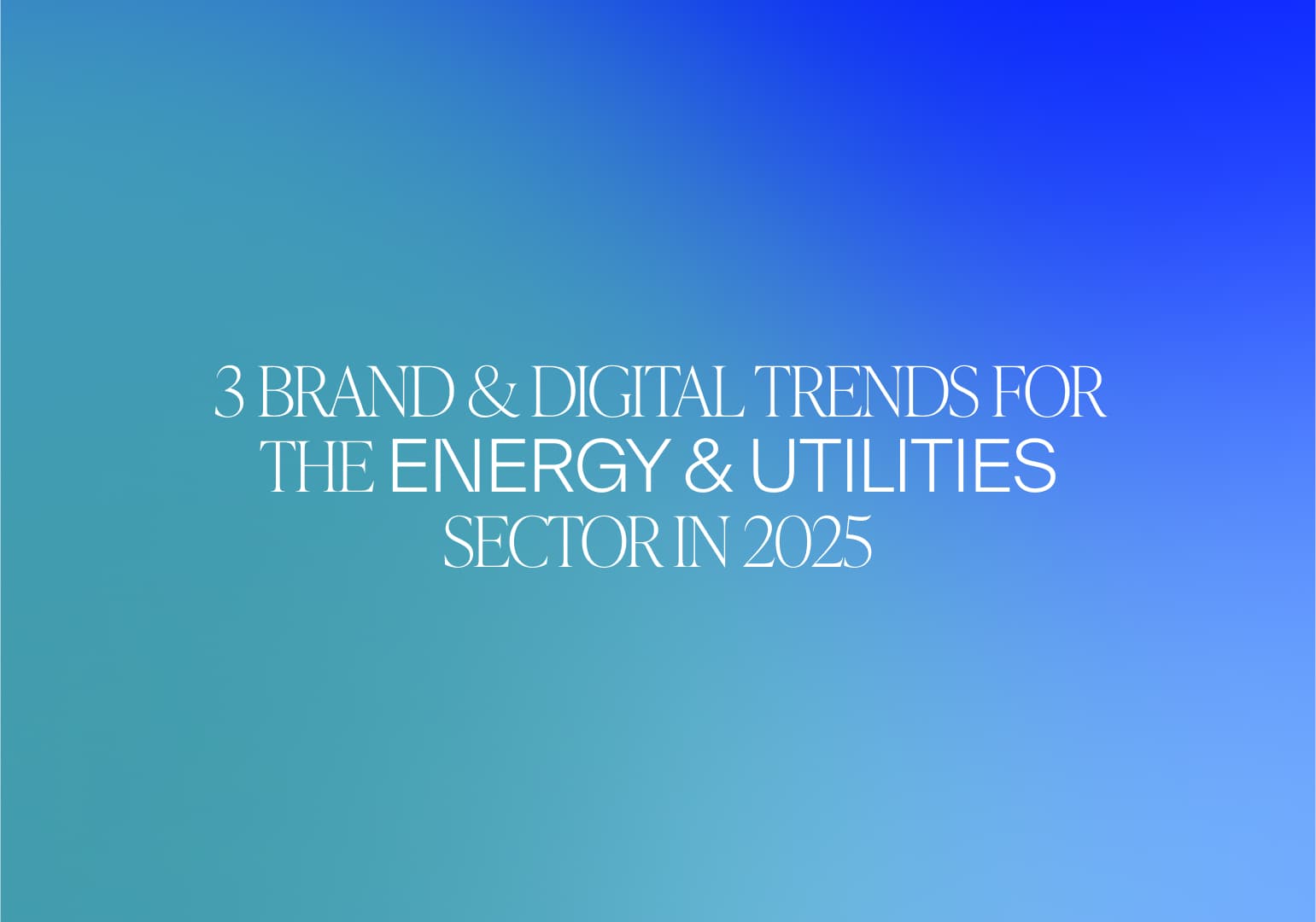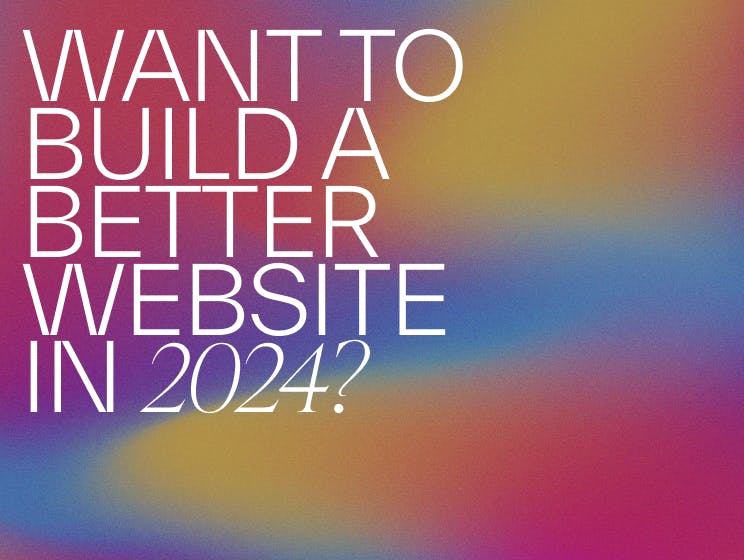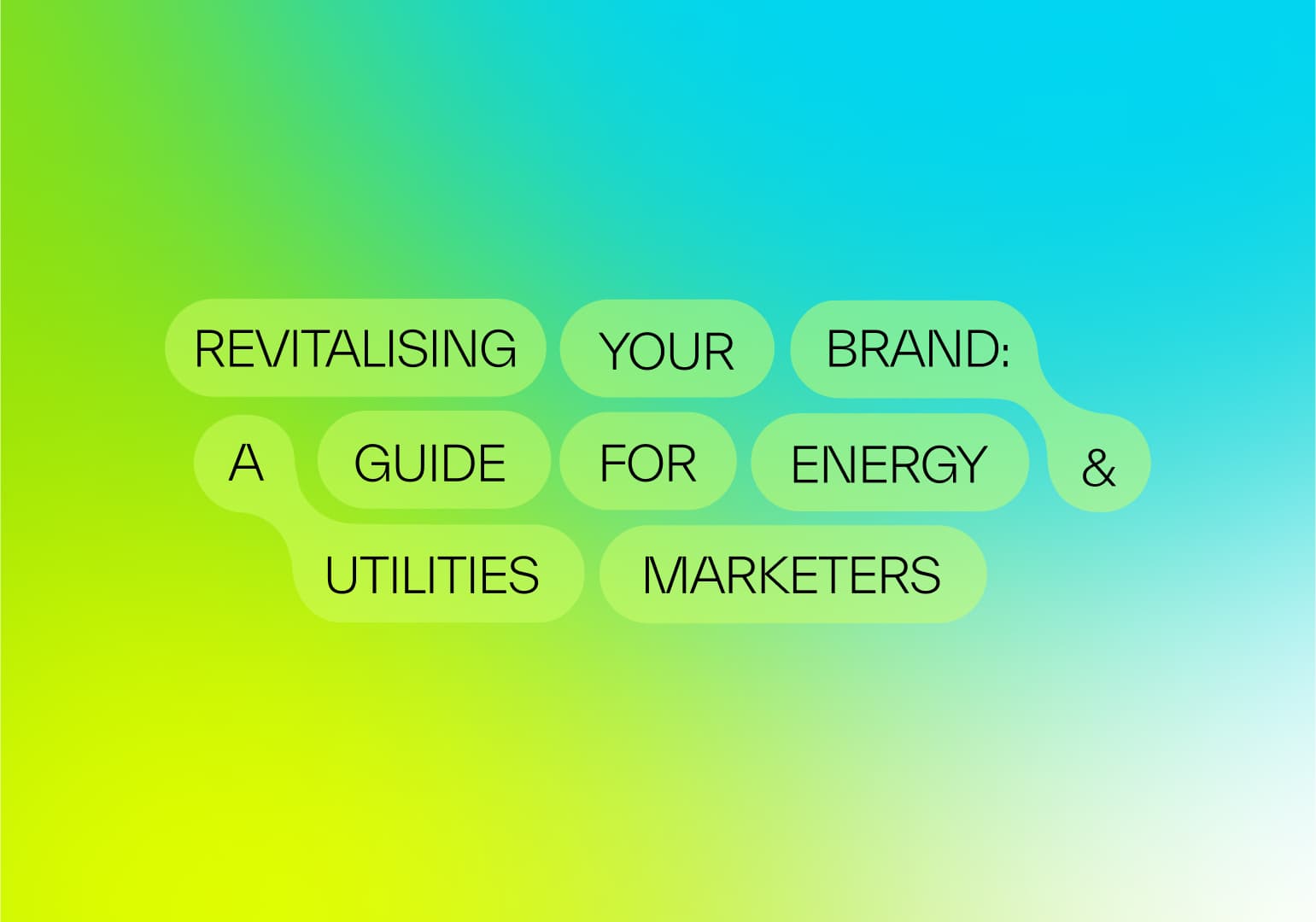
Building a better website in 2024
Want to build a better website in 2024? Here’s what you need to know.
It’s that time of year when marketers everywhere start frantically planning for the year ahead. We don’t want to bring up ‘the C word’ too soon, but as soon as those selection boxes appear in the supermarket, you know it’s time to start planning your strategy for next year. That may or may not include a better, faster website. Or, at least if you ask us, it should.
Our CEO and founder, Charlie Hartley, recently spoke on a panel at The Go Network’s digital event on precisely this topic, and we wanted to share a little bit of our collective insights in a dedicated blog post.
If you missed it, you can catch up on the event here, but for now, here’s our take on the essential things for a high-performing website in 2024…
Websites in 2024 - What should you be considering?
As a JamStack specialist agency that has been around the block for quite some time now, we wanted to share our views on what websites in 2024 need to have.
This is not an exhaustive list, of course, but based on the experience we have across a wide range of sectors, these are the most important things to note:
Composable Architecture:
Composable architecture provides a more modular and scalable approach to digital development.
The deployment challenges of atypical websites and apps are a distant memory because, with a composable approach, the front and back end of the digital product are separated. This separation means areas can be developed independently, which makes deployments far easier and more efficient.
“The big thing about composable architecture is it allows us to combine technologies that are focused intently on doing one thing very well. Instead of trying to make a CMS be an ECommerce platform or vice-versa, we can simply take the bits we want of both to create the perfect solution for each client.”
Dan Martin, Technical Director
Headless CMS:
More and more businesses are turning to the headless CMS approach, because it’s simpler than ever to produce digital content and have this deployed to any front end, with minimal fuss and development time. Content siloes are a thing of the past, and the headless CMS comes with added benefits such as decreased load time (more on speed in a sec!), improved scalability and a more seamless UX.
Here’s a quick explainer of Headless CMS by Sanity:
It’s a phrase you’ll be seeing and reading a lot more about in 2024 and beyond - we’re calling it now, and there’s so much more we could say on this topic.
Keep an eye out on this very blog for a deeper dive into Headless CMS - coming soon.
Innovative Digital Products
We’re talking beyond websites here, folks.
The brands we’ve worked with who want to disrupt - and millions more across the web - are building digital tools and products alongside and on top of the more traditional digital assets expected of them.
These digital products are ones identified by the business as opportunities to do more for their customers, for example, they can speed up the buying journey or make their lives easier and some way. The impact cannot be ignored.
Organisations investing in digital products beyond the standard website are already a good few steps ahead of the competition, and the only way is up.
Rapid Load Speeds:
One thing we’re always pushing for here at Show+Tell is a faster loading time. We’re constantly saying to each other “Great! Can we make it any faster?” and when the answer to that is no, our work is done.
As web users, we all expect speed as standard. Slow-loading websites not only frustrate visitors but also adversely impact search engine rankings, send bounce rates through the roof and - no surprise! - impact the bottom line. Businesses simply cannot afford to be anything other than rapid.
To build a better website in 2024, speed is King, and there are several development techniques we deploy here at Show+Tell that keep speed, and therefore the user experience - at the forefront.
Dan Martin adds:
“Next.js makes it really easy to create modern websites that are optimised for performance. Headless architecture removes the overhead of the CMS from the website, whilst features such as prerendering and image optimisation reduce load time and bandwidth requirements, which is so important to achieving good Core Web Vitals scores.”
Voice Search Optimisation:
As voice-activated devices become increasingly popular, optimising for voice search is important. Focus on natural language in your content, incorporate long-tail keywords, and ensure that your website is easily navigable by voice commands. This will not only enhance user experience but also improve your website's search engine visibility.
If you’re stuck, our pals at sister agency, Next Chapter, can help.
Artificial Intelligence (AI) Integration:
No, AI isn’t going to steal your job. But it could make your website a better place to be (if you let it!) AI is no longer a futuristic concept, but a powerful tool for enhancing website functionality. Incorporate AI-driven features such as chatbots for customer support, personalised content recommendations, and intelligent search capabilities.
These elements not only streamline user interactions but also contribute to a more engaging and dynamic user experience.
Accessibility:
Ensuring that your website is accessible to all users, including those with impairments and disabilities, is a fundamental aspect of building a better website. Not only is it the right thing to do on an ethical level, it also makes better business sense. Implementing accessible design principles, providing alternative text for images, and ensuring keyboard navigation are just a few steps towards creating an inclusive online environment. You’d think these elements would be commonplace after so many years, but there’s still a lot of work to be done to improve accessibility on the web.
Around 24% of the UK population has some kind of disability, which equates to around 16m people, so it is an important aspect to get right, and therefore do right by all of your site users.
Secure and Privacy-Focused:
With an increasing emphasis - an ever-changing concern - on online privacy, data protection is paramount. Implement robust security measures, use HTTPS protocols, and regularly update your website's software to safeguard against potential threats.
Signpost your privacy policy, and ensure that users feel confident in the security of their information when interacting with your site.
Sustainable Design:
Sustainability is not just a buzzword; it's a responsibility. Implement eco-friendly design practices by optimising website performance to reduce energy consumption, using sustainable hosting options, and minimising the environmental impact of your digital presence. Again, there are development principles, such as the aforementioned composable architecture and JamStack options, that are a more sustainable option when creating digital products and websites.
Building a website or digital product for the modern web requires businesses to embrace the latest technologies, rather than doing what’s been done for the past 2 decades and expecting to match the innovation and experience provided by thousands of forward-thinking companies already embracing new tech.
In 2024, we hope to see more and more organisations utilise the endless possibilities available for websites, apps and other digital products. The future is very much now.
By prioritising the aspects we’ve included above, you can create a website that not only meets current expectations but is future-focused, too, and sets a new standard for excellence amongst your competition.
If “sort the website out” is something that’s been on your list for a while, why wait any longer?
Get in touch if you want to discuss your branding and digital needs for the year ahead.


.jpg&w=1920&q=75)